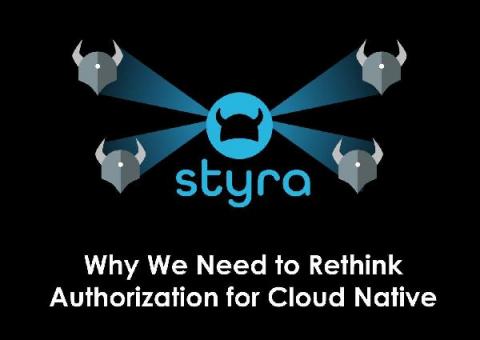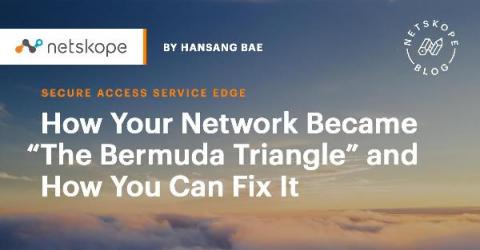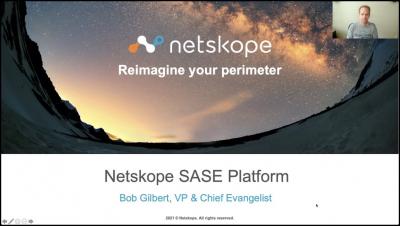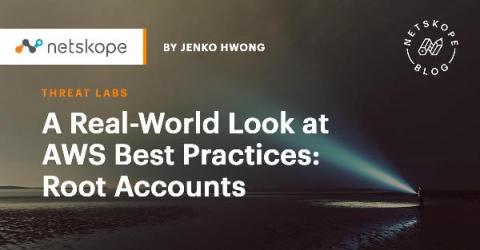Security | Threat Detection | Cyberattacks | DevSecOps | Compliance
Technology
Vonage Integrates WhiteSource with GitHub
FluBot: Malware as a Service Meets Mobile Phishing
Recently, Europeans were hit by an influx of SMS texts claiming to be package delivery notifications. It turns out these messages were orchestrated by threat actors seeking to distribute malicious apps laced with the banking trojan FluBot, also known as Cabassous. Once the victims download the malware, the app can intercept SMS messages, steal contact information and display screen overlays to trick users into handing over their credentials.
Why We Need to Rethink Authorization for Cloud Native
Companies have moved to cloud native software development so that they can increase development speed, improve product personalization, and differentiate their buyer experiences in order to innovate and win more customers. In doing so, enterprises have also redefined how they build and run software at a fundamental level.
How Your Network Became "The Bermuda Triangle" and How You Can Fix It
“Where’s your app? Where’s your data?” For a long time, if you needed to know where your applications or data were, the answer was clear: it was always either on-premises or in a branch. Universally, almost regardless of organization size, infrastructures were contained, and visible within a defined boundary—you have a data center, a network, a branch, a user.
Creating Cloud Security Policies that Work
Now that the ongoing worldwide trend toward “going digital” has been accelerated by COVID-19, taking extra precautions to protect your organization’s data, communications and information assets is more important than ever. Of course, there are many traditional and emerging ways to protect and secure your business.
How a Microsoft Engineer Implemented Veracode for a Large Azure Project
With the need to produce innovative software faster than ever, and cyberattacks not slowing down, it’s no surprise that, for projects large and small, ensuring the security of your code at every step is key. But if software engineers want to meet these everyday demands with success, it’s important to understand how different security scanning types fit in throughout the development process, and how the needs of your team might impact scans.
How to cyber security: 5G is not magic
5G is faster than its predecessor but that doesn’t change the approach to software security for your applications. Some wild claims have been made about 5G networking. I’ve heard mention of self-healing factories and smart highway systems. While such things might be possible, there’s nothing magical about 5G. In essence, it’s just faster wireless networking than we’ve had before. That’s nice, but hardly revolutionary.
A Real-World Look at AWS Best Practices: Root Accounts
Best practices for securing an AWS environment have been well-documented and generally accepted, such as AWS’s guidance. However, organizations may still find it challenging on how to begin applying this guidance to their specific environments. In this blog series, we’ll analyze anonymized data from Netskope customers that include security settings of 650,000 entities from 1,143 AWS accounts across several hundred organizations.











